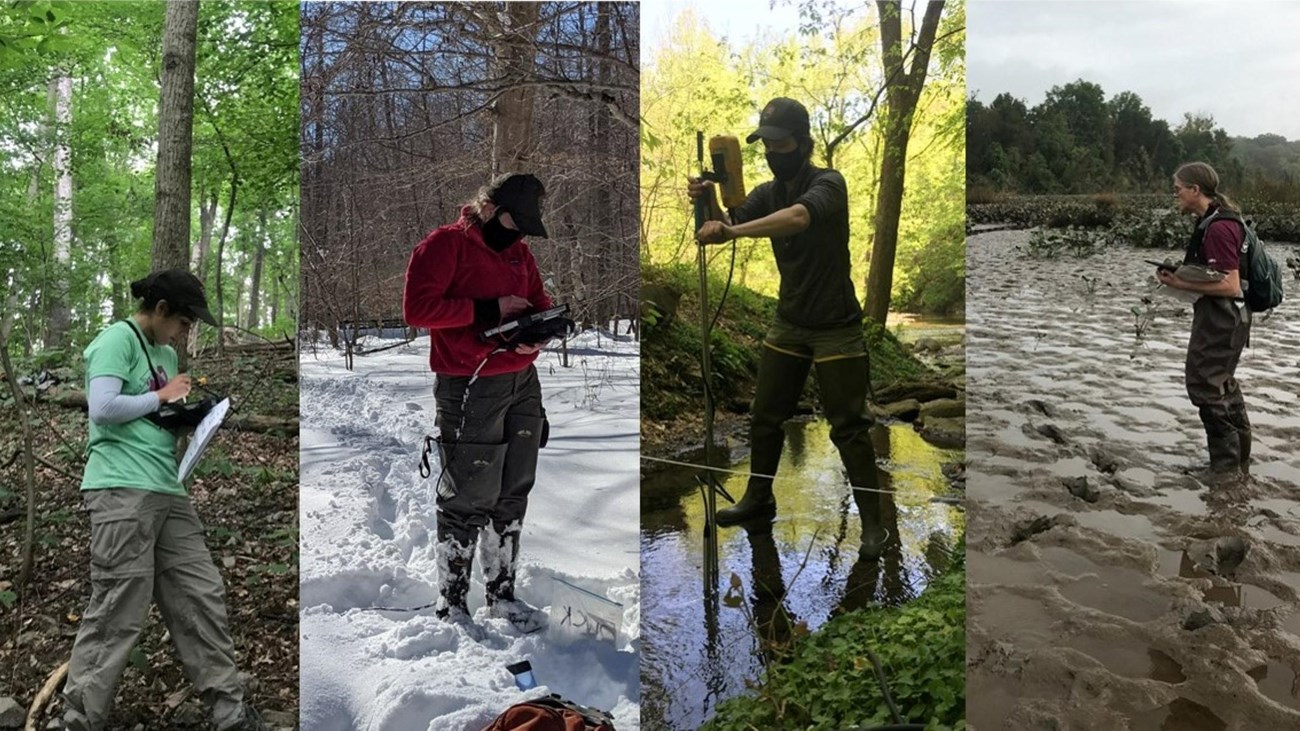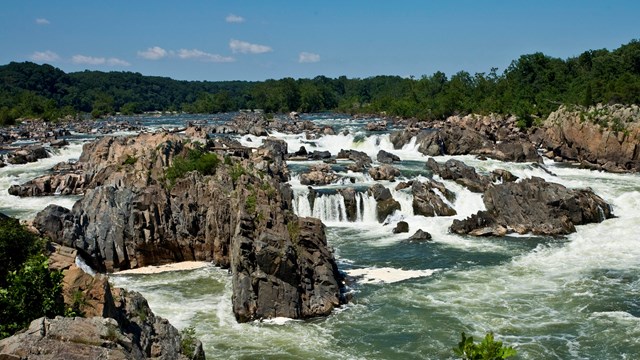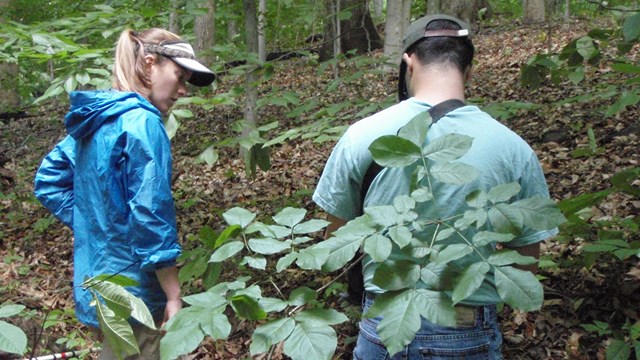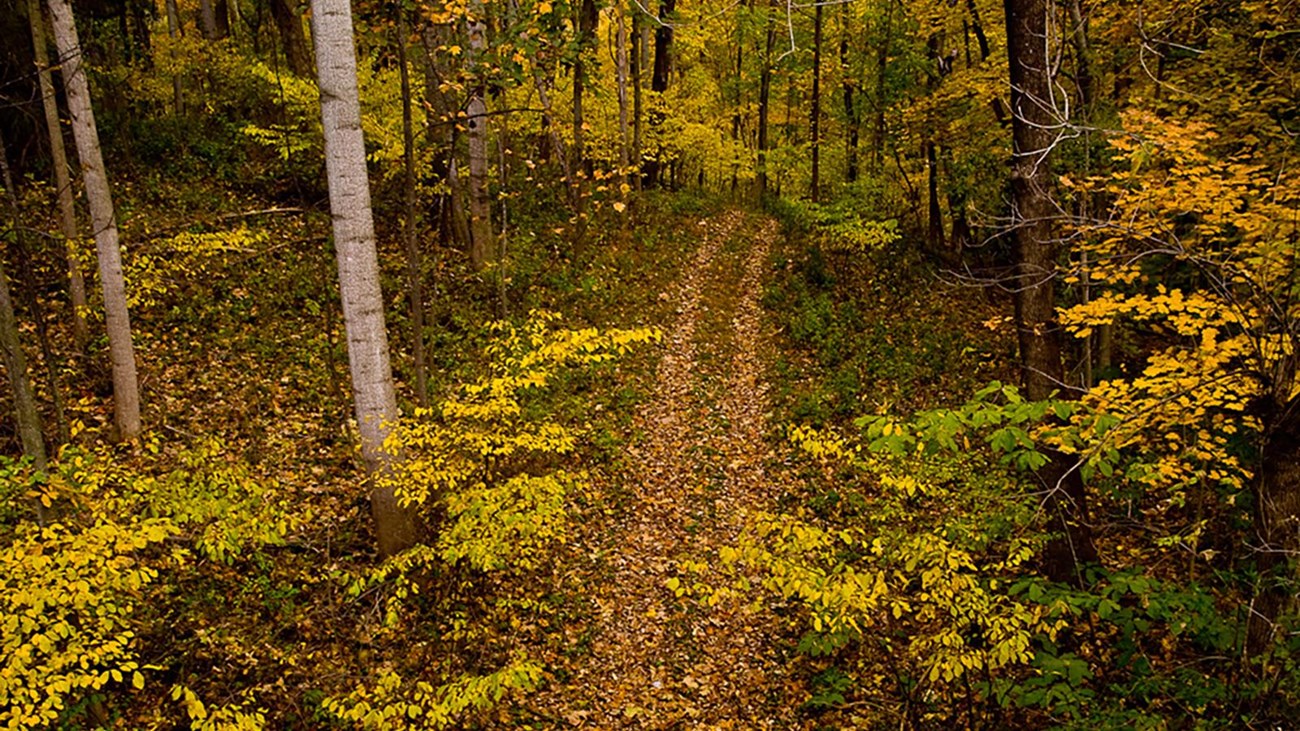Ongoing Ecological Monitoring
Ecologists from the National Capital Region Network (NCRN) gather information on plants, pests, water, birds, and amphibians in National Parks across Virginia, Maryland, the District of Columbia, and West Virginia.
We look at the condition and changes in these natural resources over time, analyze the data, and share results with park managers. In this way, we help support park decision-making that conserves our natural treasures, unimpaired, for future generations.
NCRN parks are part of the immense Eastern Deciduous Forest ecosystem, and forests make up about 3/4 of park landcover. Most parks are also within the Potomac River watershed. The Potomac is the second-largest tributary of the Chesapeake Bay—America's largest estuary.
The NCRN is one of 32 I&M networks nationwide. All are working to provide park managers, researchers, and park visitors with reliable scientific information about key park resources. Learn more about Inventory & Monitoring in our parks.




